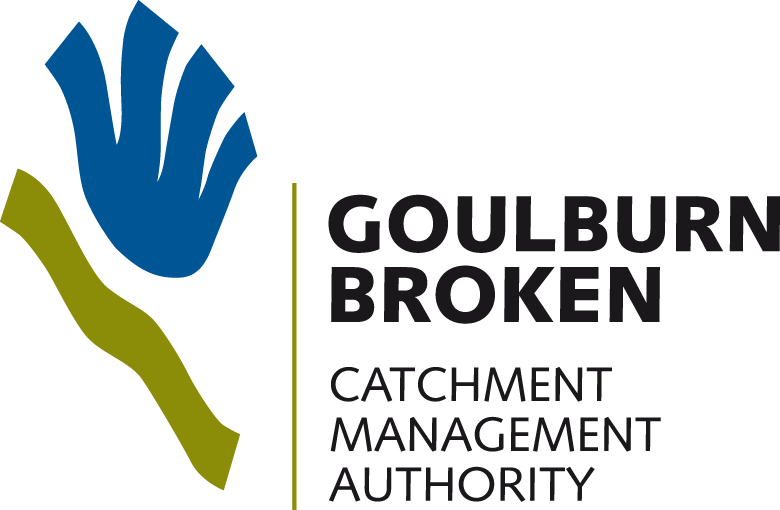The Goulburn Broken Catchment is a significant and diverse region located in Victoria, Australia. It encompasses a variety of landscapes, including fertile river valleys, rolling hills and expansive plains. The catchment is named after its two main rivers, the Goulburn and the Broken, which play crucial roles in the area’s ecology and agriculture. The Goulburn River, in particular, is Victoria’s longest river and is vital for irrigation. It supports a thriving agricultural industry that includes dairy, horticulture, and viticulture.
1.4 million hectares is dryland agriculture, 270,600 hectares is intensive irrigated agriculture and 800,000 hectares is public land.
The major commodity is food, but wool, timber, tourism and recreation are also vitally important to the region’s economy. 1.4 million hectares is dryland agriculture, 270,600 hectares is intensive irrigated agriculture and 800,000 hectares is public land. The annual economic output of the Shepparton Irrigation Region is $4.5 billion.
Overall, the Goulburn Valley experiences warm summers and cooler winters, with significant variation in rainfall depending on the specific location within the valley and the season.
The region is home to a rich and diverse array of biodiversity. This region encompasses a variety of ecosystems, including forests, grasslands, wetlands, and rivers, each supporting unique plant and animal species.
The region has a large Indigenous population (approximately 6000). The Goulburn Broken Catchment has two Traditional Custodian Groups – Yorta Yorta Nation Aboriginal Corporation and Taungurung Land and Waters Council.
The catchment encompasses the local government areas of Greater Shepparton, Benalla Rural City, Campaspe, Moira, Strathbogie, Murrindindi, Mansfield and Mitchell shires.
Through leadership and partnership, the Goulburn Broken CMA aims to improve the resilience of the catchment’s people, land, biodiversity and water in a rapidly changing environment.
Goulburn Broken’s contributions to our national NRM snapshots



















































